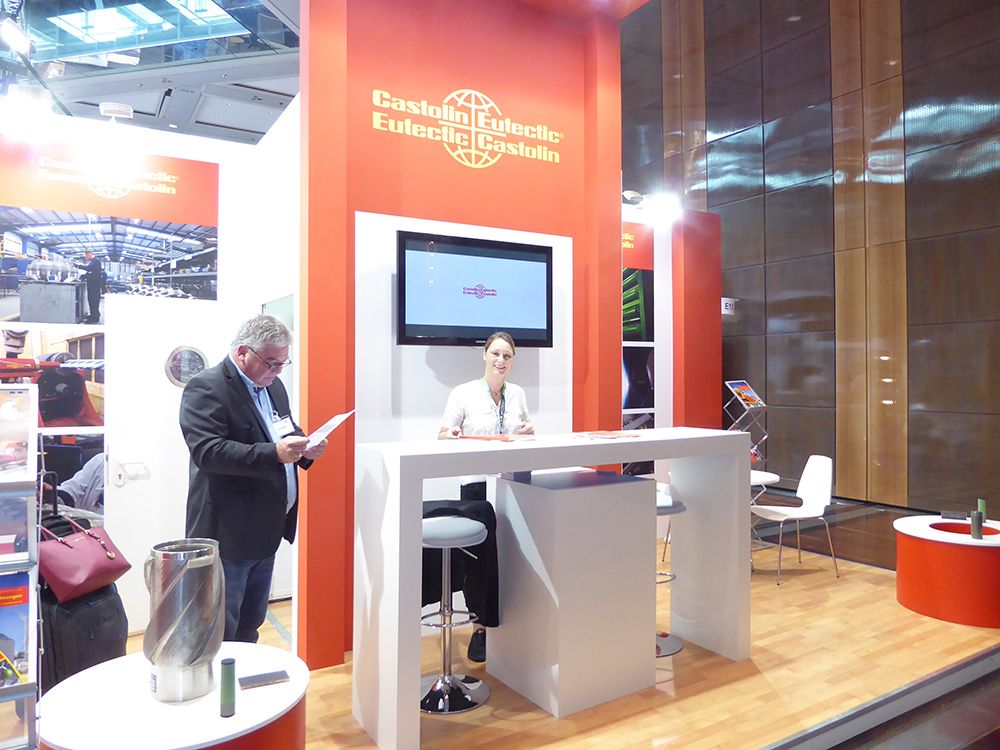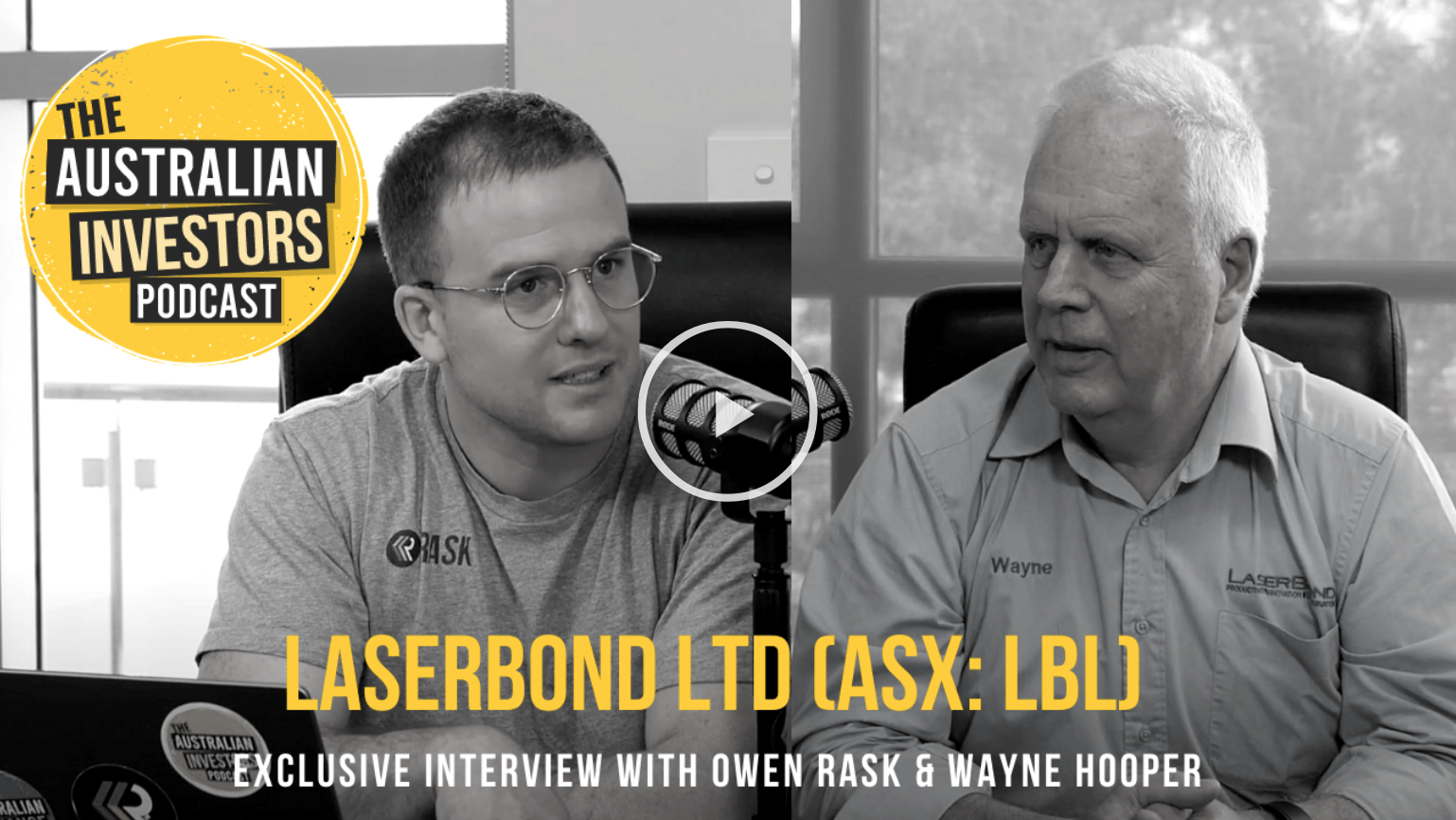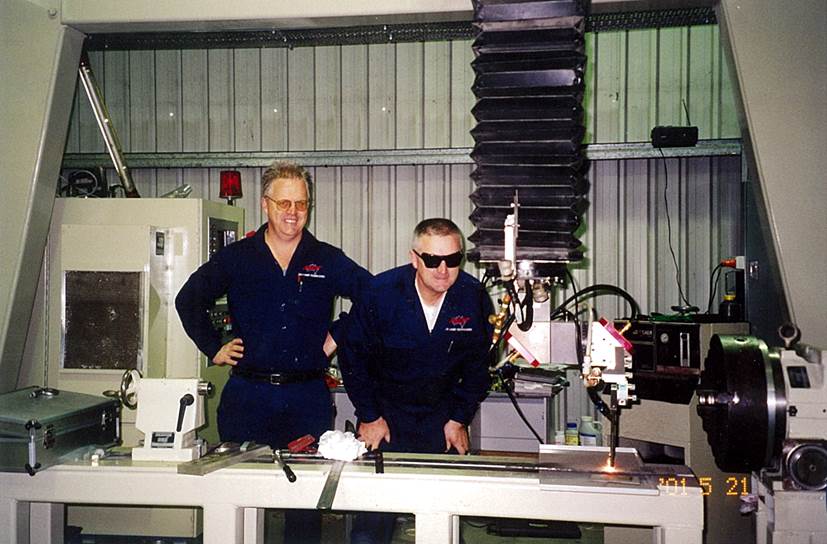
We share a few observations:
Despite the fact that thermal spraying technology is over 100 years old, the conference proved that innovation in the thermal spray industry continues to open new applications and opportunities. Laser cladding is an associated technology, as is surface engineering technology.
The success of surface engineering was demonstrated in transforming wear-life and operating performance within the aerospace and motor industries, and other industry sectors are recognising the benefits. At the conference, we heard research papers presented about enhancement maintenance with wind and power turbines, biomedical devices, maritime engines, power fuel cells, boiler tubes and piping.
Advancement in materials was also a well attended technical stream. The expanding range of metal and ceramic powders, with more knowledge of material characterisation are enabling pseudo-alloys to be spayed with highly predictable performance in the field. LaserBond will be working closely with one development in silicon carbides, which offers low weight, high thermal conductivity and extreme hardness.
Many exhibition booths promoted a range of application technologies. The technical papers cited benefits of each, but it is really ‘horses for courses’. Fortunately, LaserBond is not wedded to a single methodology, rather we offer an expanding range of methods (HVAF, HP-HVOF, Arc, Plasma, Laser Cladding and Vacuum Furnace), therefore are able to deploy the one most suitable for the customer’s needs.
When we founded LaserBond, there was limited understanding within process applicator companies of the metallurgical science underpinning the applications. Our purchase of a scanning electron microscope was revolutionary. The ITSC had many researchers showing metallurgical images, which validates the need to know the scientific characteristics of the cladding materials, its bond and the effect on substrate and coating performance.
I envisage people involved in our Wear Life Performance CRCp collaboration with the University of SA | Future Industries Institute and Boart Longyear will be delivering learned papers in the coming years that demonstrate our capabilities.
Despite only being able to attend 30 or so of the 200 papers being presented, our attendance reinforced belief in LaserBond’s direction and technology. What we are offering our customers in Australia is not done better by anyone in Europe, Asia or America. In the high power laser field, we are seen as ‘the leaders’, especially in heavy industry applications.
We are awash with opportunities in materials and methodology. The conference was a trip worthwhile for many reasons.


